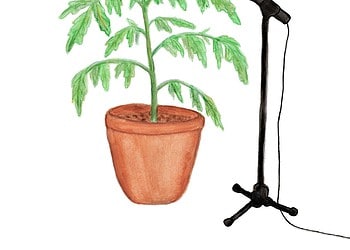
Researchers at Cornell University’s Lab of Ornithology have, for the past century or so, recorded, collected and compiled the most extensive animal sounds library in the world. Called the Macaulay Library, it features 150,000 recordings of 9,000 species, including three-quarters of all known birds to science. Besides chirps and squeaks, you’ll also find bear roars, primate calls, and blue whale songs. Now, Cornell reports the whole library was finally digitized and all the database put online for free use.
“This is one of the greatest research and conservation resources at the Cornell Lab,” said Greg Budney, the collection’s currator. “And through its digitization we’ve swung the doors open on it in a way that wasn’t possible 10 or 20 years ago.”
“Our audio collection is the largest and the oldest in the world,” explained Macaulay Library director Mike Webster. “Now, it’s also the most accessible. We’re working to improve search functions and create tools people can use to collect recordings and upload them directly to the archive. Our goal is to make the Macaulay Library as useful as possible for the broadest audience possible.”
Some highlights from the archive:
- a 1929 recording by Cornell Lab founder Arthur Allen of a song sparrow: http://bit.ly/V6ZFMG;
- an ostrich chick still inside its egg: http://bit.ly/XbaKqT;
- a dawn chorus in tropical Queensland, Australia, bursting with warbles, squeals, whistles, booms and hoots: http://bit.ly/VI2EJV;
- the sound of a lemur with a voice that is part moan, part jazz clarinet: http://bit.ly/VYo8l4;
- the haunting voice of a common loon on an Adirondacks lake: http://bit.ly/13ztiY7;
- the UFO-like call of a bird-of-paradise called the curl-crested manucode in New Guinea:http://bit.ly/Xbb1Ko; and
- the staccato hammering sounds of a walrus under water: http://bit.ly/13zpLbi.



